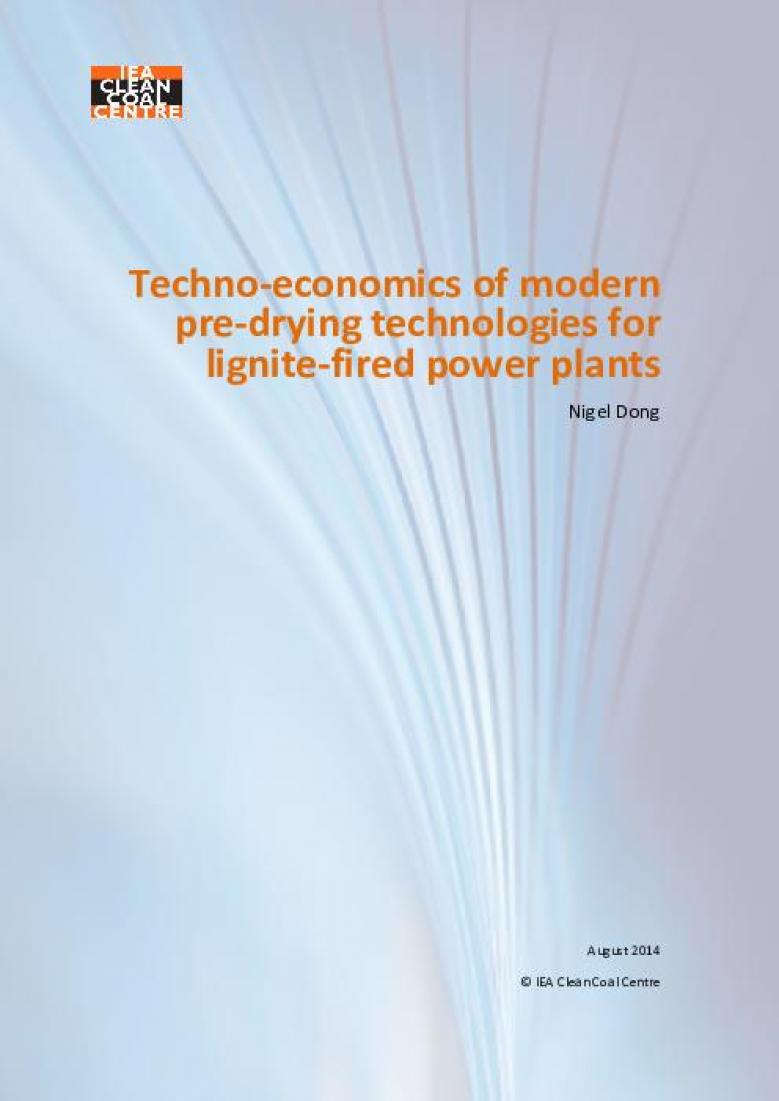Abstract
Lignite is an important fuel for power generation in many parts of the world. In conventional lignite-fired power plants, the high moisture content of lignite can result in low plant thermal efficiencies. Drying the lignite prior to combustion in the boiler is thus an effective way to increase the thermal efficiencies and reduce the CO2 emissions from lignite-fired power plants. Modern pre-drying technologies, which can continuously dry run-of-mine lignite, have been developed in Germany and the USA. RWE’s WTA dryer and GRE’s DryFining™ system have been successfully demonstrated at commercial scale, while Vattenfall’s PFBD dryer has reached pilot scale. The technical details of these modern lignite pre-dyers have been discussed in detail in the literature, while their cost and techno-economic information is limited in the public domain. This report examines such information on modern pre-drying technologies gathered from relevant publicly available literature and analyses their techno-economic implications for lignite-fired power plants. The capital costs of modern pre-drying processes are likely to be in the range of US$ 33−50 million (currency in the year of reporting). Such costs may be largely offset by the gains in plant thermal efficiencies and the power savings due to reduced flue gas flows and fuel handling equipment. The actual capital costs depend both on the properties of the fuel and the operational parameters. Modern pre-drying processes can result in about 1 percentage point (LHV) increase in the plant thermal efficiency when retrofitted to existing lignite-fired power plants; they could increase the plant thermal efficiency by 4−5 percentage points (LHV) in dry lignite-fired power plants and a further 0−3 percentage points of efficiency improvement can be expected if 700°C advanced steam conditions are adopted. The pre-dryers can deliver similar benefits to future lignite-fired power plants that capture CO2.


